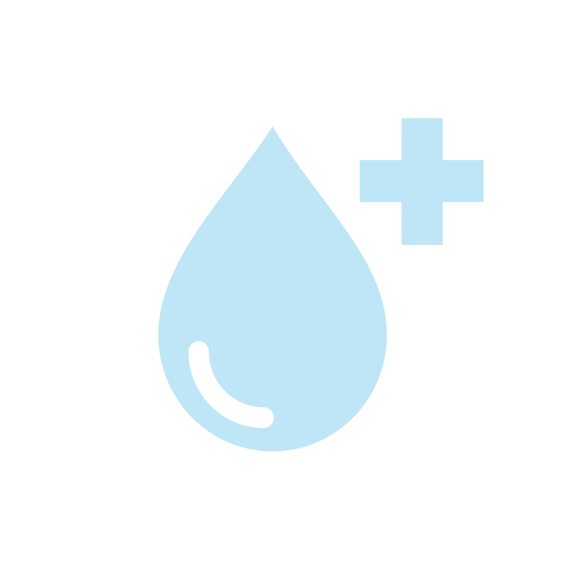
NOSEBLEEDS
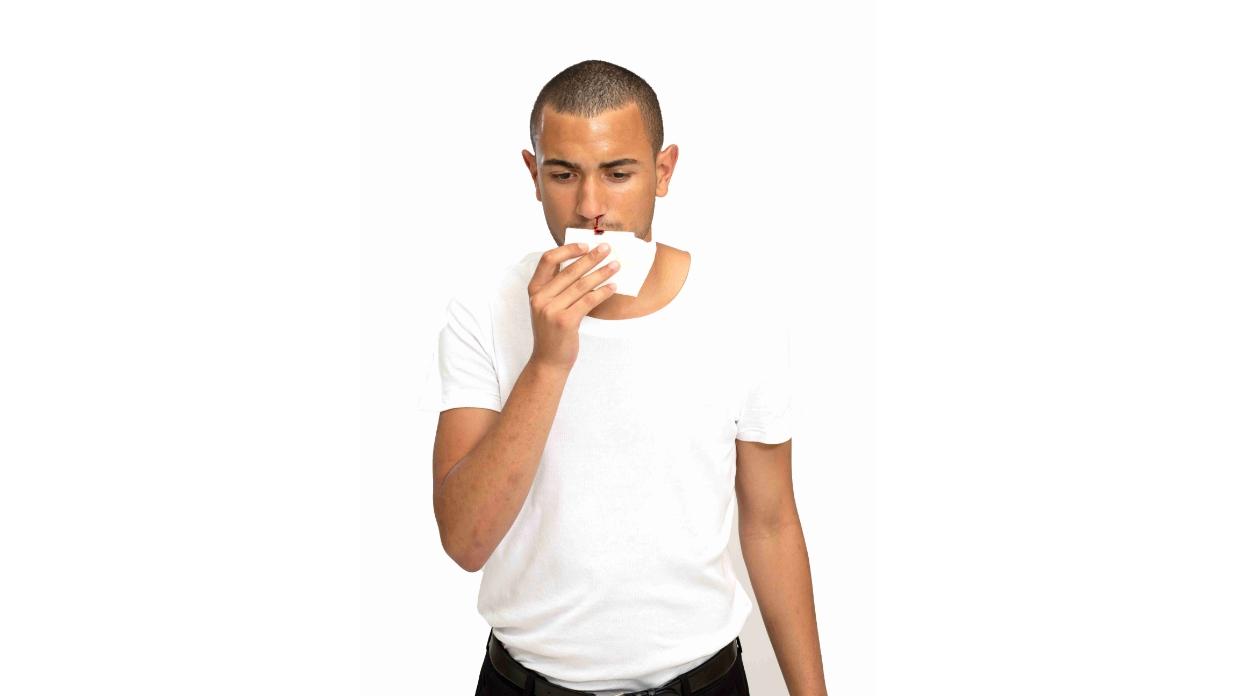
Goal of first aid:
Prevent blood from entering the airway or being swallowed.

SAFETY FIRST


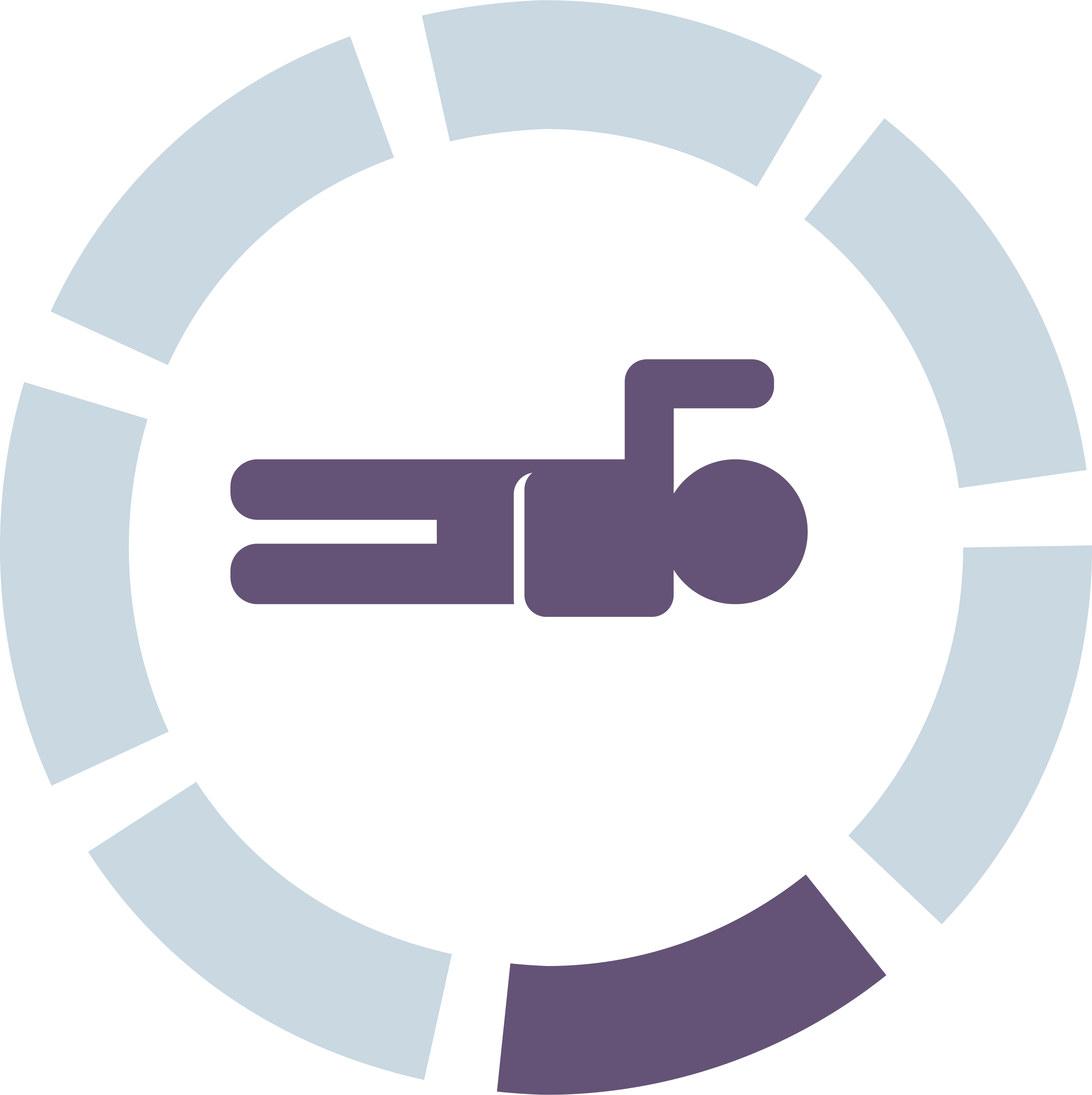

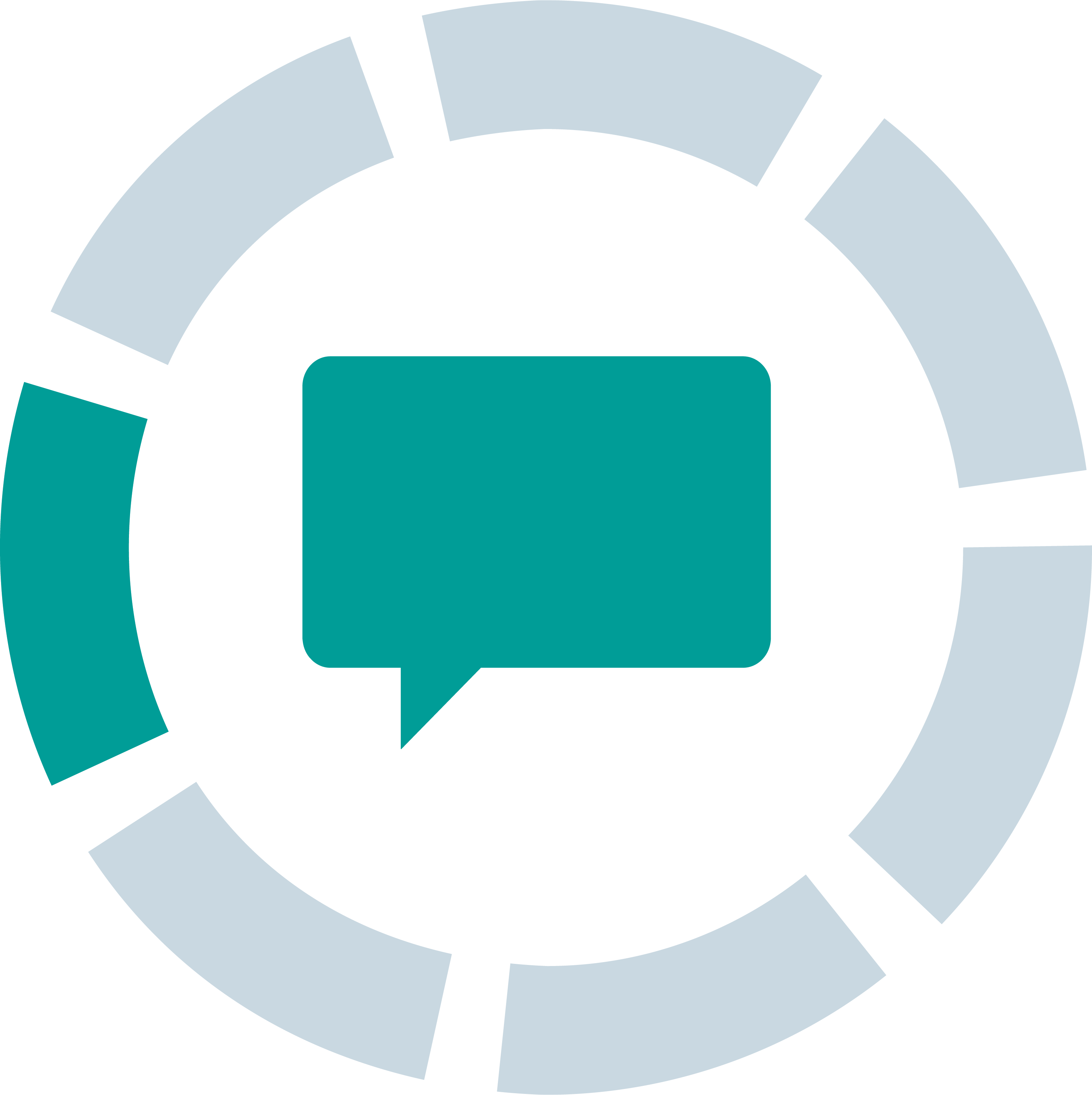
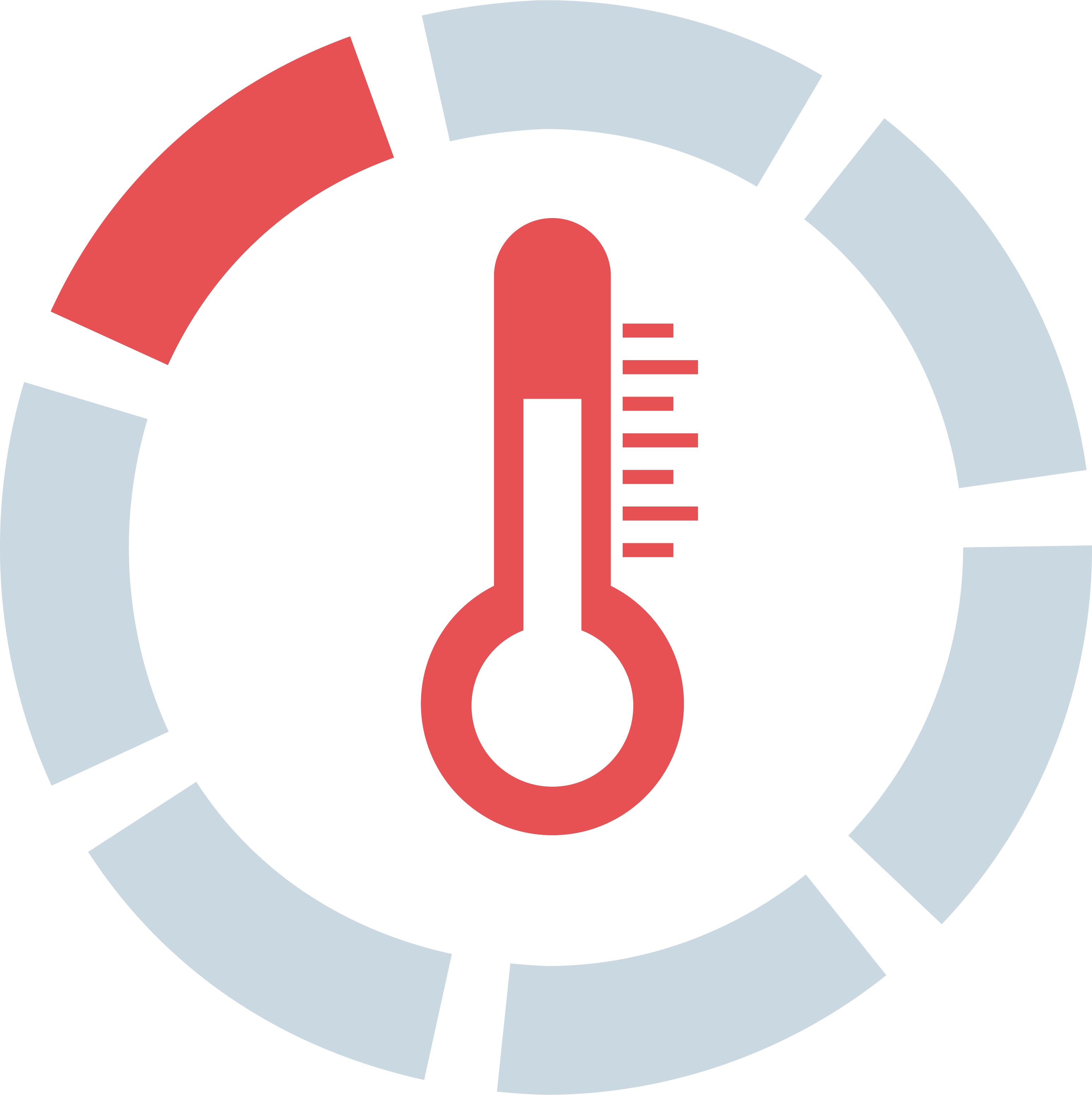
Personal protection: Identify any dangerous situations. If necessary, move to a safer location.
Gloves: Protect yourself and others: put on disposable gloves.


CONDITION CHECKING





See: Heavy bleeding from the nose, pale skin.
Hear: The affected person reports anxiety and dizziness; possibly taking blood-thinning medication.
Feel: Clammy skin.



CALLING FOR HELP




Emergency call 112: Make an emergency call.
The 5 W questions:
Where did the accident happen?
What happened?
How many people are affected?
What injuries?
Wait for further questions!
Use speakerphone: Turn on your phone’s speaker to keep your hands free.
Do not hang up: Do not hang up unless the 112 dispatcher instructs you to.
Involve bystanders: Have them bring a first aid kit.
Report condition changes: Inform the 112 dispatcher if the person's condition changes.




POSITIONING



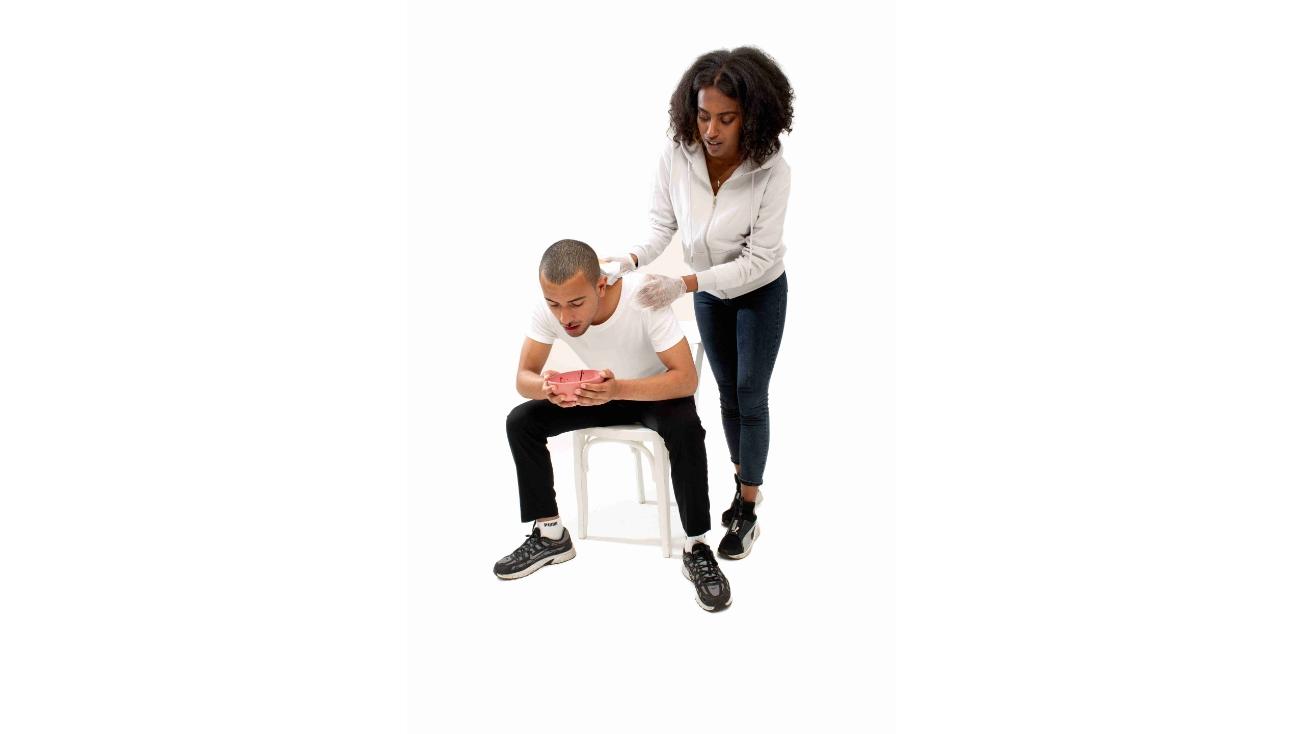
In good general condition: In an upright seated position with the upper body slightly leaning forward; if necessary, provide a sink, a container, or cloths to catch the blood.
In case of dizziness: Lying face down, forehead resting on arms.





WOUND DRESSING


Do not obstruct the nose : Do not pack tissues or any other foreign objects into the nose.
Bleeding from the front part of the nose: Use their thumb and index finger to pinch both nostrils shut for a short time to reduce bleeding.






COMFORTING

Don't leave: Stay with the person. Your presence and kind, encouraging words can help.
Listen: Listen actively, respond to their fears and worries, and show that you're there for them.







TEMPERATURE MANAGEMENT
Cooling: Cool the neck with cold compresses or a cold pack.
If feeling cold or showing signs of shock: Wrap the person in an jacket or emergency blanket.

